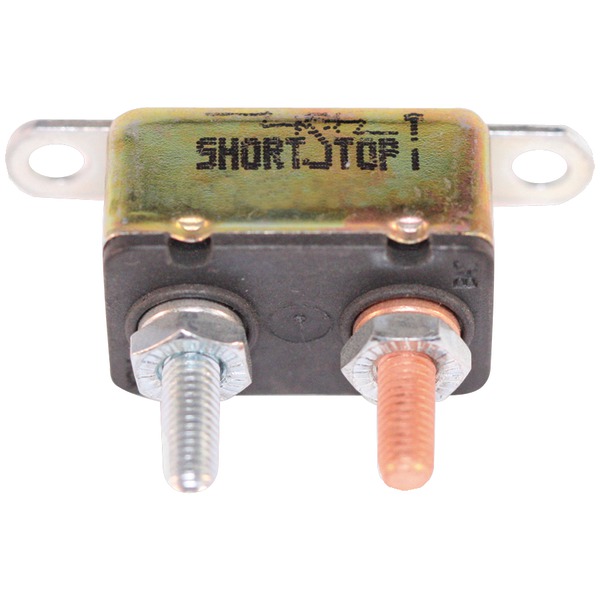
Not least, this makes it much easier to pull the wires through, since the individual wires are quite flexible. Otherwise if you're going to use conduit, do that.īut in conduit, you use individual wires - not a cable. If you're going to direct-bury cable, do that. Definitely get a huge panel with lots of spaces, and if that means the "main breaker" or busing is much larger than your feed, that doesn't matter. Calculating 3% on breaker trip is just throwing away money.Īnd by the way, there's a pattern where people who a) do that and b) also use copper wire without even thinking about aluminum, also c) buy too small a subpanel, and run out of spaces later. Indeed in Canada, where they require "nanny breakers" to keep your voltage drop below 3%, they only require that based on a) actual load or if not known, b) 80%. Heck no! If your breaker is 50A, the maximum current you're even allowed to plan for is 80% of that, or 40A. They make it sound like if your breaker is 50A, you need to calculate for 50A voltage drop. But it's probably unnecessary.Įven then, the calcs lie. If you want to keep the load a secret, by all means, we'll cheerfully "spend your money" lol. What NEC admonishes is try to avoid more than 8% cumulatively on all segments from the meter to the final load, but even that is situational to what the load actually is.

And NEC even says so it's an informational note that advises 3% is an ideal to design toward if money is no object. Notice they also default to copper :)ģ% isn't that important. That's just the wire size calculators trying to upsell you on wire.


 0 kommentar(er)
0 kommentar(er)
